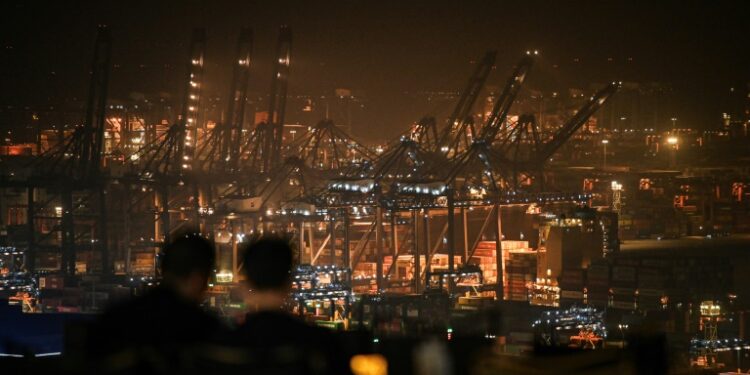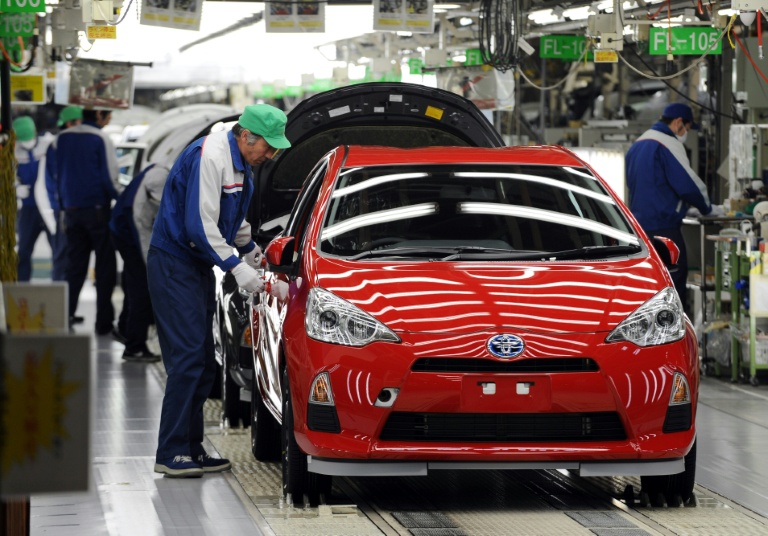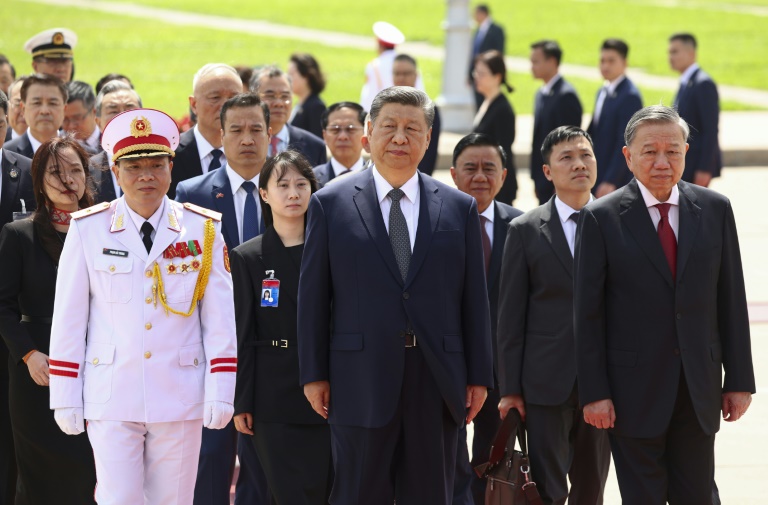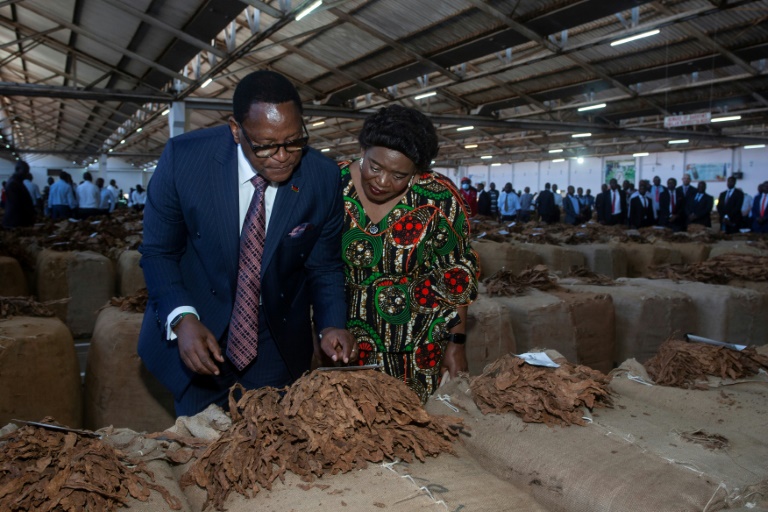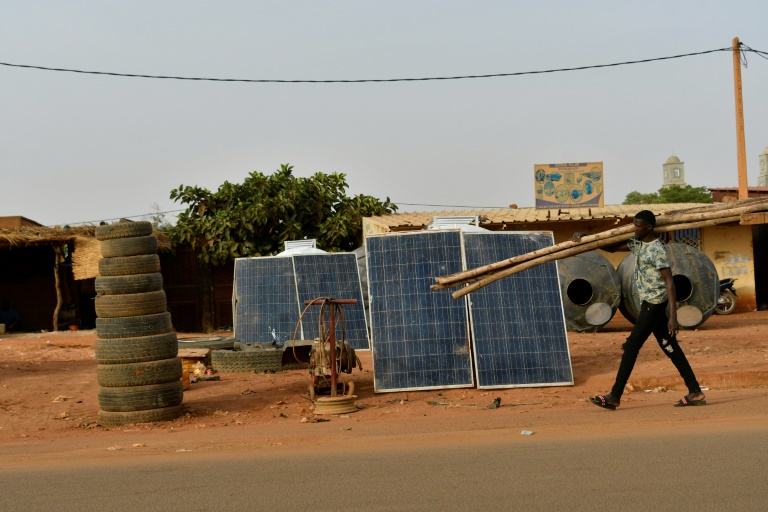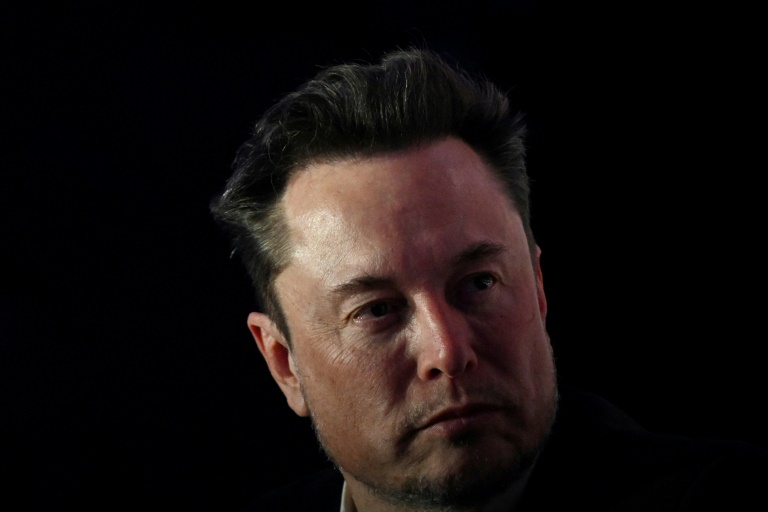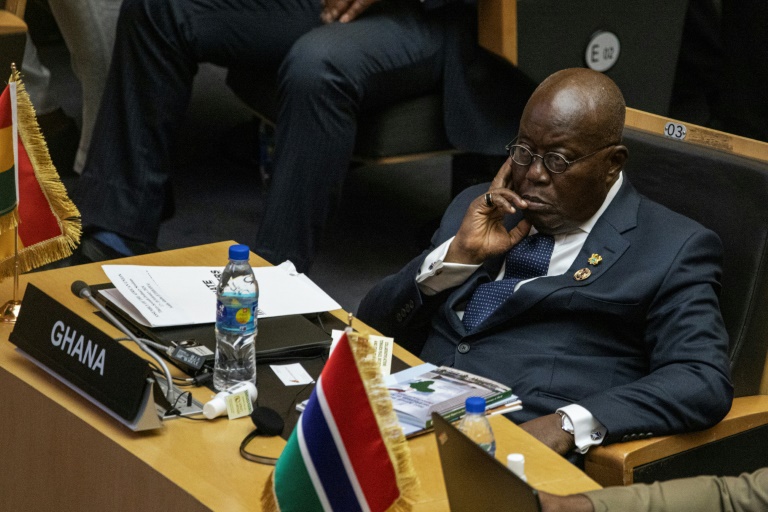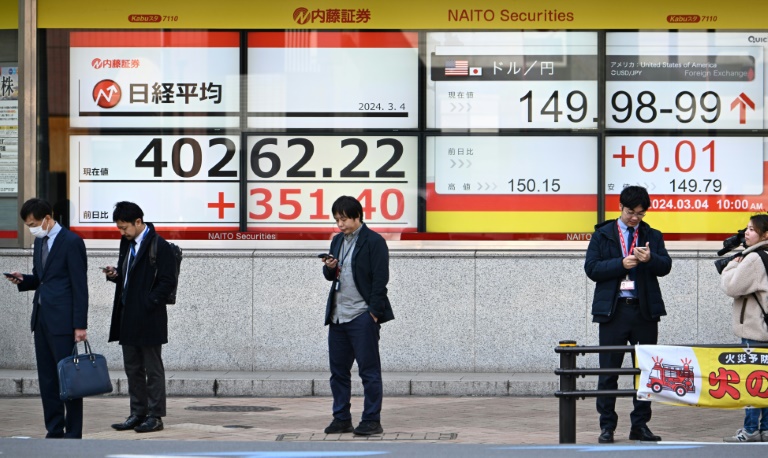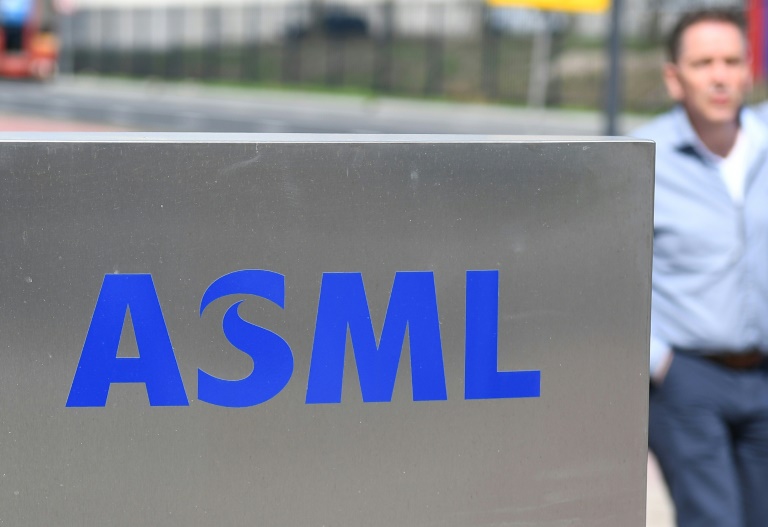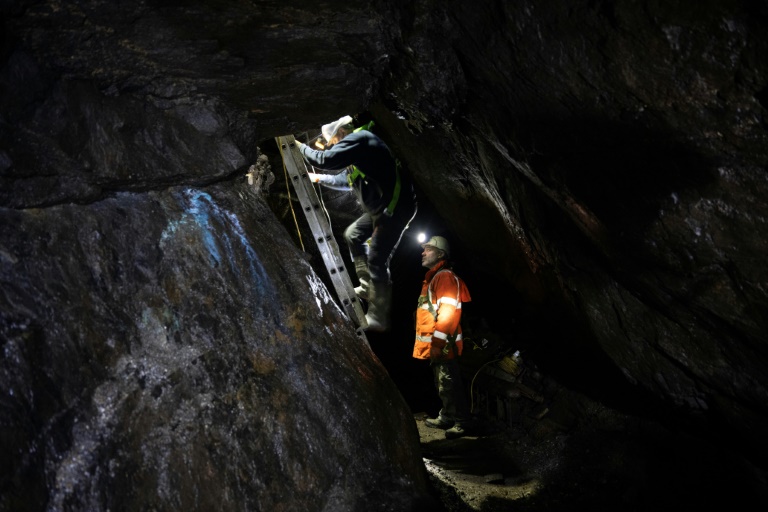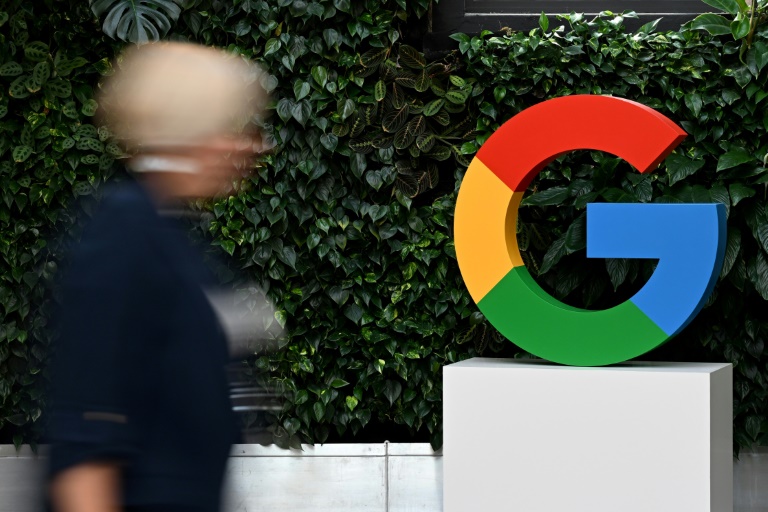Beijing (AFP) – Forecast-beating growth in China’s first quarter may have offered Beijing’s economic planners some much-needed good news, but analysts warn they should strap in for tariff-induced woes further down the line. The National Bureau of Statistics said Wednesday that the world’s number-two economy expanded 5.4 percent on-year in January-March, aided by a surge in exports. However, observers noted that the bulk of this growth stemmed from “frontloading” as businesses rushed to ship goods out of factories before Donald Trump’s trade blitz kicked in.
While state efforts to boost lagging consumption—long a drag on growth—played a role in this growth boost, the outlook remains uncertain. “It’s too early to interpret this strength as a sign of lasting market recovery,” Yue Su at the Economist Intelligence Unit told AFP. “The strong performance has been driven by trade frontloading ahead of anticipated tariffs and a policy-driven rebound in consumption, particularly in electronics and home appliances,” she added.
Tit-for-tat exchanges have seen US levies imposed on China rise to 145 percent, while Beijing has retaliated with a 125 percent toll on imports from America. Trump has said the ball is in China’s court if it wishes to find a way out, and Beijing has vowed to “fight to the end” in a trade war that shows few signs of abating. However, Beijing’s assertive rhetoric belies deep concerns about the impact that Trump’s tariffs could have on the export-dependent Chinese economy.
“The escalation happening in April is going to be felt in the second-quarter figures, as the tariffs will send stateside firms looking to other suppliers, impeding Chinese exports and slamming the brakes on investment,” Heron Lim, an economist at Moody’s Analytics, told AFP. “This will hit electronics makers and exporters the hardest, as their products dominate China’s US-bound exports,” he said. Louise Loo at Oxford Economics warned that “the improvement in growth momentum is very likely to be short-circuited in the coming months by the incoming headwinds of punitive tariffs.”
China on Wednesday admitted that the global economy was becoming more “complex and severe,” and that tariffs were putting “pressure” on trade. A top economic planner also stressed that more “proactive and effective macro policies” would be needed to boost growth. Last year, Beijing announced a string of aggressive measures to reignite the economy, which included interest rate cuts, lifting restrictions on homebuying, raising the debt ceiling for local governments, and bolstering support for financial markets.
After a blistering market rally fueled by hopes for a long-awaited “bazooka stimulus,” optimism waned as authorities refrained from providing specific figures for the bailout or fleshing out any of the pledges. As a potentially crippling trade war looms, analysts agree that Beijing may finally feel compelled to do more to boost domestic spending and shield the economy from tariffs. A debt crisis in the property sector—a long-standing major drag on broader consumer sentiment—remains a crucial handicap for the economy.
“Throwing the domestic economy a lifeline is more important than ever before,” Sarah Tan of Moody’s Analytics stated. “The cratering property market remains front and center of households’ concerns,” she added. “Combined with the shaky labor market, falling house prices are giving households good reason to prioritize saving over spending.”
Insights into how that stimulus could work may emerge from an expected meeting of China’s Politburo, the ruling Communist Party’s top decision-making body. “We continue to anticipate a $2 trillion stimulus package focused on consumption, infrastructure, urban renewal, and shantytown renovation,” said Su at the Economist Intelligence Unit. “Challenges to China’s economy remain significant over the coming quarters.”
© 2024 AFP

